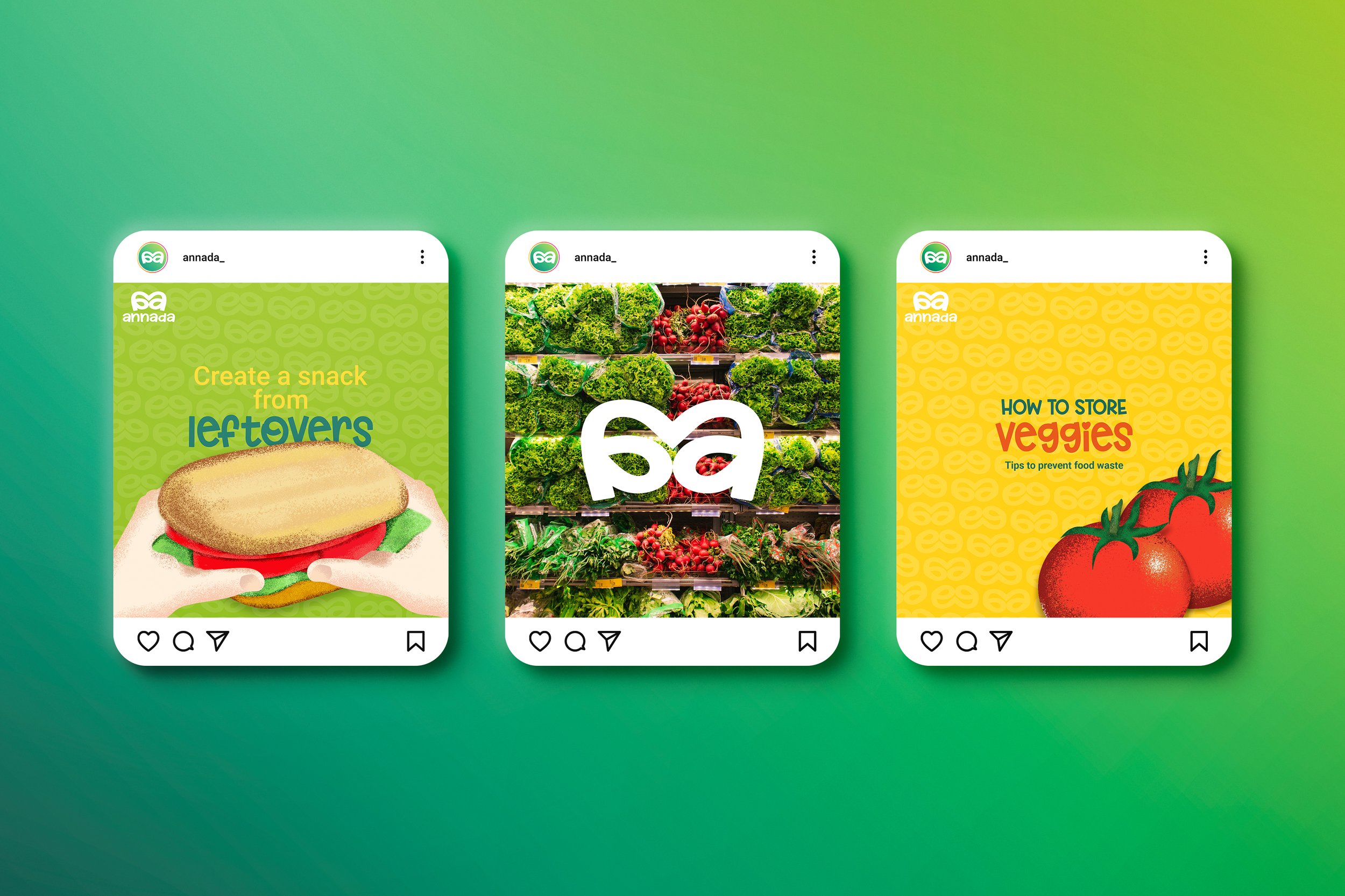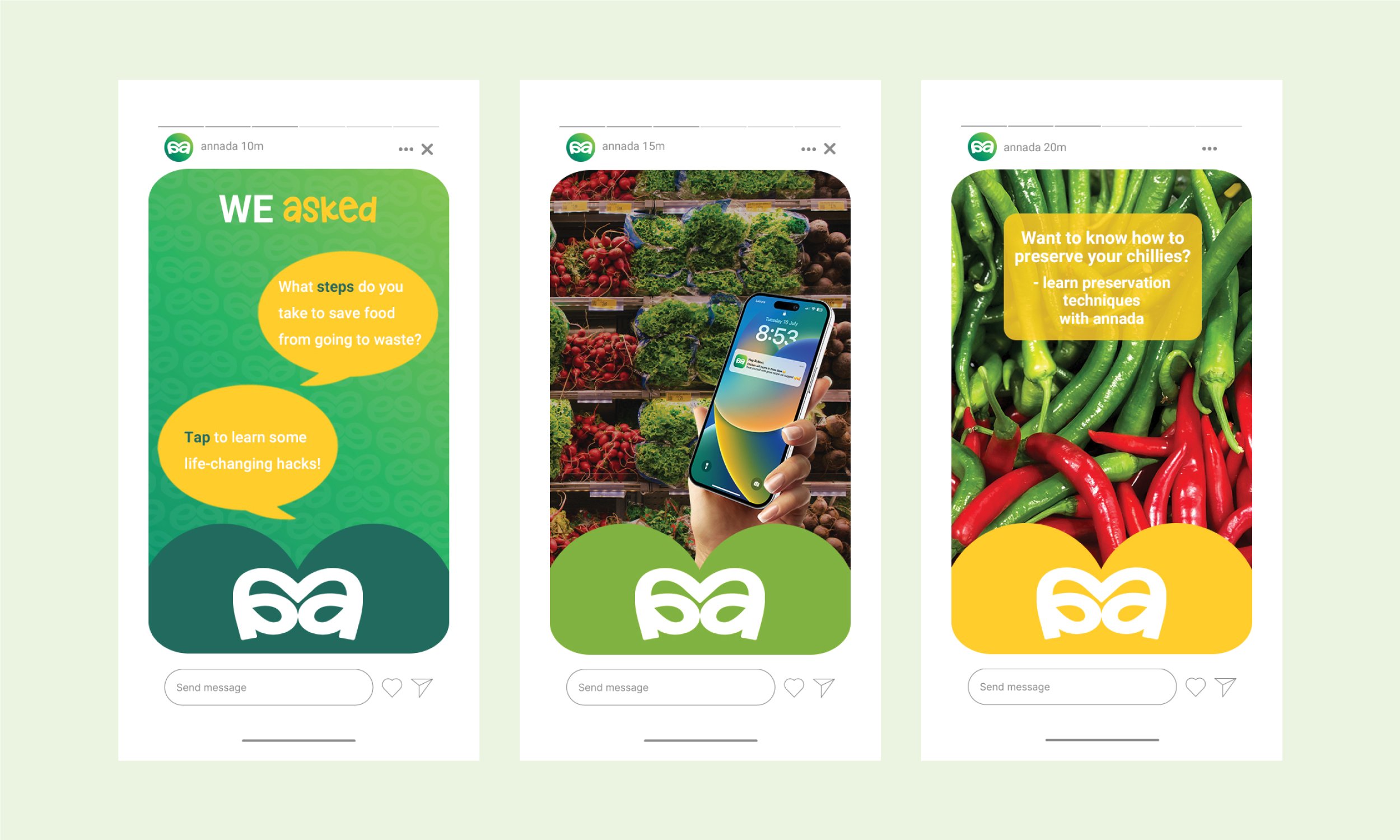





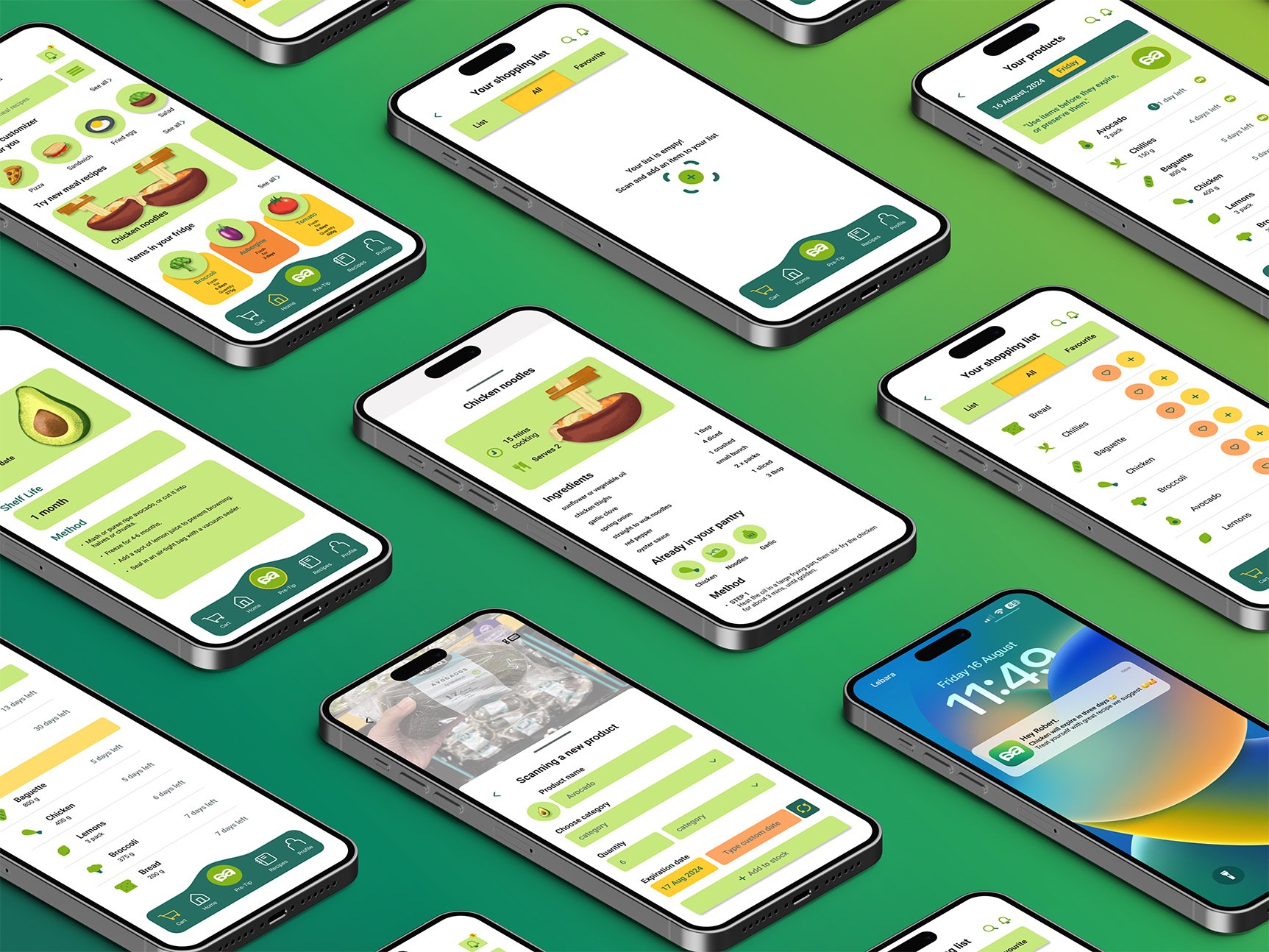
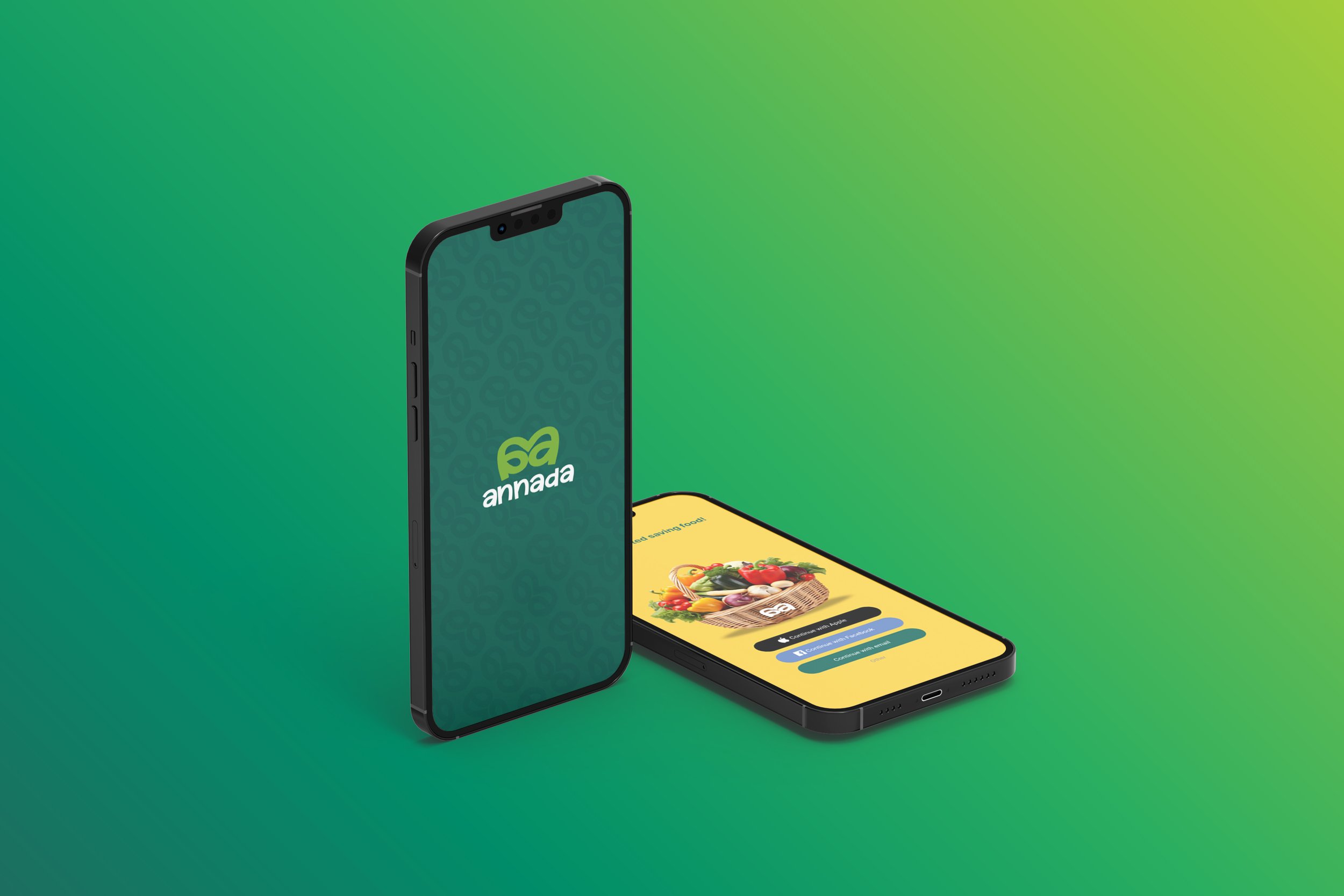

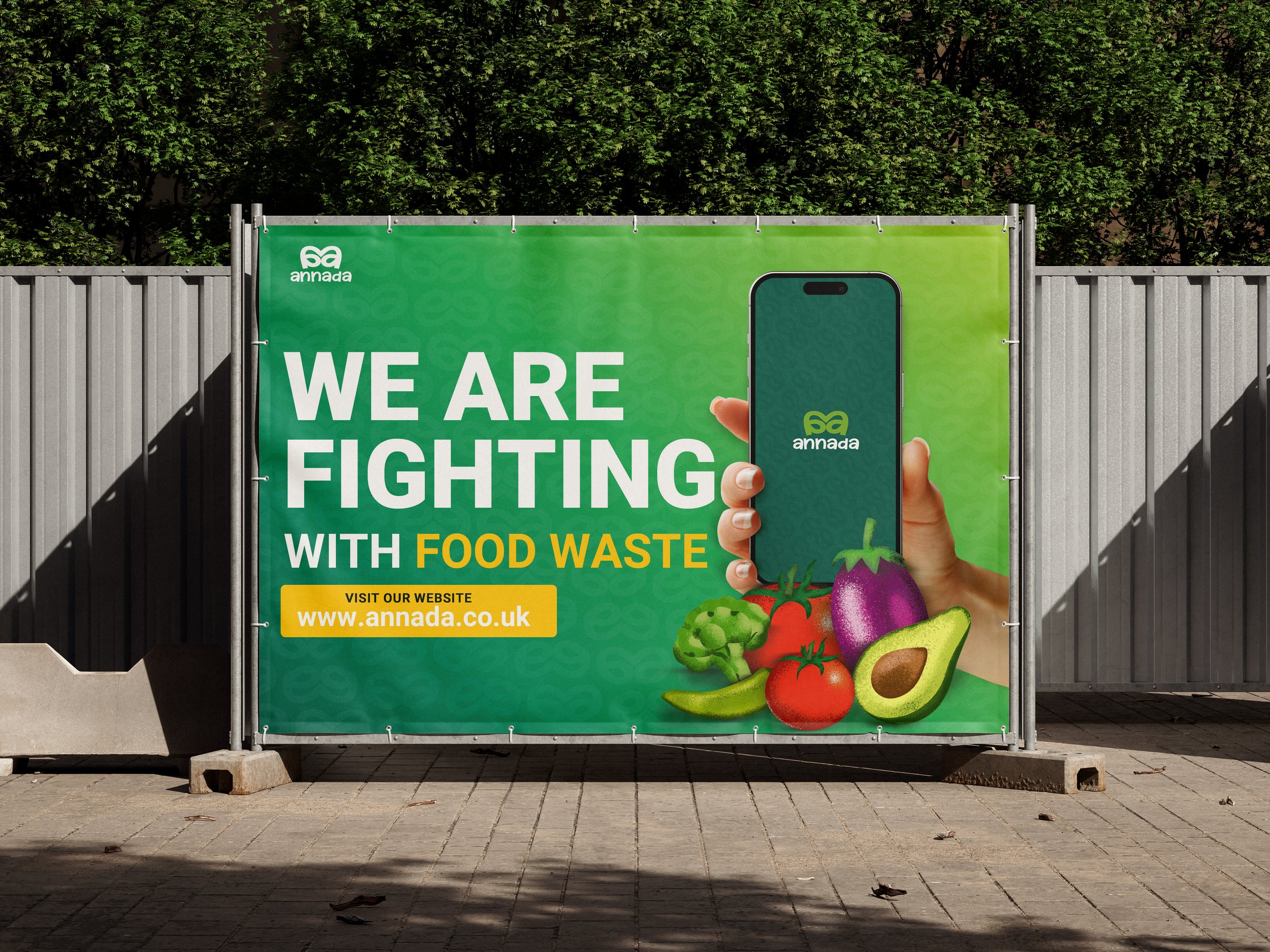
Annada: Reducing Food Waste App
University of Huddersfield
Annada is a cutting-edge smartphone app addressing food waste among young adults aged 18 to 30 in the UK, particularly those living alone. Targeting students and professionals with busy schedules and limited cooking skills, Annada merges modern technology with ancient Indian food preservation techniques to offer practical, sustainable solutions. It empowers users to save money, reduce waste, and adopt eco-friendly habits.
Brand Origin and Inspiration
Annada draws inspiration from personal experiences of moving from India to the UK, where managing food as a young adult highlighted significant challenges. Rooted in the rich tradition of Indian food preservation methods like drying, pickling, and natural preservatives, Annada integrates these techniques into an intuitive app. It brings the wisdom of generations to a contemporary audience, helping users manage food with ease and efficiency.
The Turning Point
Annada’s development pivoted during its ideation phase, when feedback from professors, peers, and potential users emphasized the need for a focused feature set. The app refined its scope, prioritizing traditional preservation methods as its core offering, complemented by a smart meal customizer. This focus ensured a clear, practical, and culturally relevant solution for reducing food waste.
The Cultural Approach
Annada blends traditional Indian food preservation techniques with everyday practices to help users extend the shelf life of their groceries. It incorporates eco-friendly, resource-efficient methods into daily suggestions and instructions. Beyond reducing waste, this approach reconnects users with cultural traditions that champion sustainability and mindful consumption.
Mission & Vision
Annada aims to equip young adults with the tools to manage food more efficiently and sustainably by integrating ancient Indian preservation methods with modern technology. The goal is to reduce food waste, save money, and foster a culture of thoughtful eating and eco-consciousness. Annada envisions a society where young adults can manage food effectively, minimizing waste and maximizing resources. It seeks to inspire a global movement for environmental sustainability and cultural preservation.
Goals & Objectives
Annada aims to reduce food waste by equipping users with practical tools and traditional Indian preservation techniques, encouraging sustainable habits that extend the shelf life of food. It seeks to reconnect young adults with cultural heritage by integrating eco-conscious traditions into modern urban living, fostering a deeper appreciation for mindful and resource-efficient lifestyles. The app prioritizes user experience through an intuitive interface and features like a smart meal customizer, making sustainable food management accessible and convenient. With ambitions to expand its reach globally, Annada strives to influence a larger audience, driving a movement toward reduced food waste and environmental responsibility.
Target Audience Overview
Annada targets young adults aged 18-30 living alone in the UK, including students, professionals, and self-employed individuals. They often face challenges like busy schedules, frequent dining out, and reliance on convenience meals, making food management and waste reduction difficult.
Key Features of the Audience
Age Group: 18-30 years.
Location: United Kingdom.
Living Situation: Alone or in shared accommodations.
Occupation: Students, employees, and self-employed individuals.
Lifestyle: Busy and tech-savvy, managing work, education, and social activities.
Challenges Faced
Lack of Cooking and Food Management Skills: Leads to over-purchasing, improper storage, and food waste.
Irregular Meal Planning: Results in impulsive eating and food spoilage.
Mismanagement of Leftovers: Forgotten or poorly reused leftovers contribute to waste.
Confusion Over Expiration Dates: Misunderstanding “use by” and “best before” labels causes unnecessary discarding of food.
Lack of Awareness of Preservation Techniques: Limited knowledge of methods to extend food shelf life leads to early spoilage.
Survey Insights
Cooking Frequency: Many cook infrequently, relying on takeout, leading to forgotten meals.
Meal Planning: Most plan meals spontaneously, causing overbuying and waste.
Dietary Preferences: Struggles in finding recipes matching preferences and available ingredients.
Food Storage Practices: Reliance on basic methods like refrigeration with limited use of efficient techniques.
Attitudes Towards Food Waste: Despite being aware of food waste, efforts to reduce it remain inconsistent.
Contextual Research
Understanding the Problem of Food Waste in the UK
The UK wastes over 9.5 million tons of food annually, costing approximately £14 billion and contributing significantly to greenhouse gas emissions. Food decomposing in landfills emits methane, a potent greenhouse gas. Among young adults aged 18-30 living alone, food waste is a pressing issue, driven by:
Lack of Food Management Skills: Many young adults lack cooking and food storage expertise, leading to overbuying, improper storage, and spoilage.
Busy Lifestyles: Hectic schedules, frequent dining out, and reliance on convenience meals mean food preparation is often neglected, contributing to waste.
Mismanagement of Leftovers: Leftovers are commonly overlooked or discarded due to uncertainty about reusing them effectively or concerns about food safety.
Cultural and Behavioral Factors: In Western countries, convenience-driven habits lead to reliance on pre-packaged perishables that often go unused, unlike countries like India, where traditional preservation methods help reduce waste.
Market Analysis
The rise in food waste has led to the development of several apps and services targeting this issue:
Too Good To Go: Links users with restaurants offering discounted surplus food but focuses on reducing waste at the business level.
Olio: A community-based platform for sharing surplus food locally, targeting home and small business waste.
Yummly and Mealime: Offer personalized meal planning based on user preferences and available ingredients but lack a direct focus on waste reduction.
NoWaste: Helps users track expiry dates and manage food inventory but lacks features like meal customization or cultural integration.
Annada’s Unique Position
Annada stands out by blending traditional Indian preservation techniques with modern technology to reduce food waste effectively:
Traditional Preservation Techniques (Pre-Tip): Introduces users to Indian methods, such as using airtight containers lined with tissue to absorb moisture and extend the freshness of produce like green chilies and coriander. This reduces waste while connecting users to practical cultural traditions.
Smart Meal Customizer: Goes beyond standard meal planning apps by tailoring meal plans based on the user’s pantry items, dietary preferences, and nutritional goals. It incorporates leftovers into recipes, ensuring all ingredients are used efficiently.
Cultural Integration: Combines traditional Indian food management methods with modern UK lifestyles, making it especially valuable for those seeking to reconnect with their heritage while adjusting to a new cultural environment.
Initial Conceptualization
Annada’s ideation process began by identifying the fundamental problem that the app wanted to solve: food waste among young adults, particularly those living alone in the UK. The earliest brainstorming meetings were on how to combine traditional Indian food preservation practices with contemporary technology to provide a solution that was both practical and culturally significant. During the early phases, I used mind maps to explore various notions and ideas. These mind maps helped me see the relationships between the problem, the target audience, and potential solutions. The investigation of potential names for the project was also part of this process, eventually leading to the selection of “Annada,” which embodied the spirit of the app as the “giver of food” or “provider of nourishment.”
Logo Creation
The Annada logo has a distinctive design in which two lowercase “a” letters are connected using the Angela Notes typeface. This picture depicts the top face structure of Goddess Annada. The name “Annada” appears below, combining traditional symbolism with a contemporary look. Reason for the name “Annada”. “Annada,” which comes from Sanskrit, meaning “giver of food.” The name represents the app’s objective of reducing food waste and promoting sustainable habits, as well as recognizing ethnic traditions that appreciate food preservation techniques.
These screenshots capture the initial stages of Annada’s brand identity development, including early explorations of the logo, color palette, visual language, and font selection.

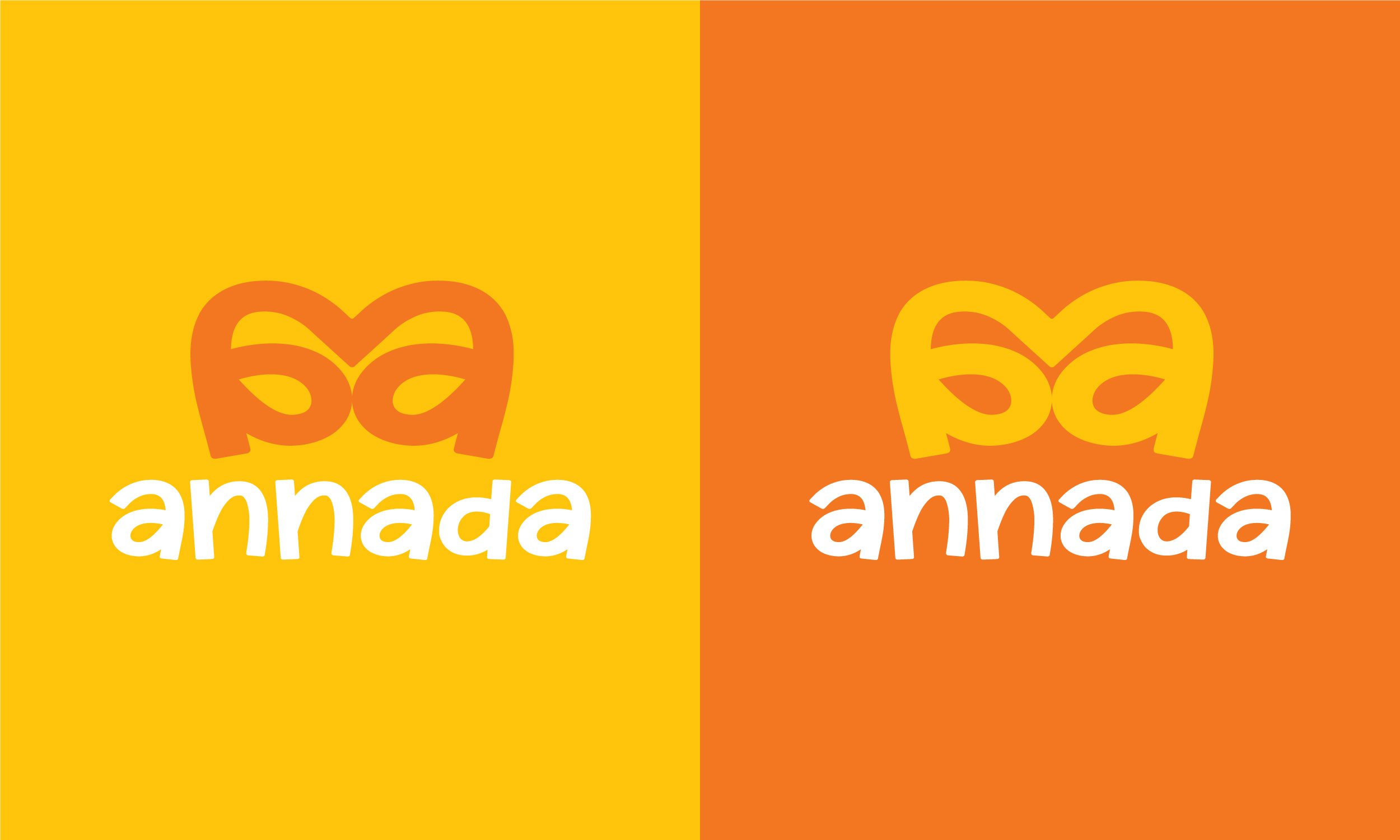

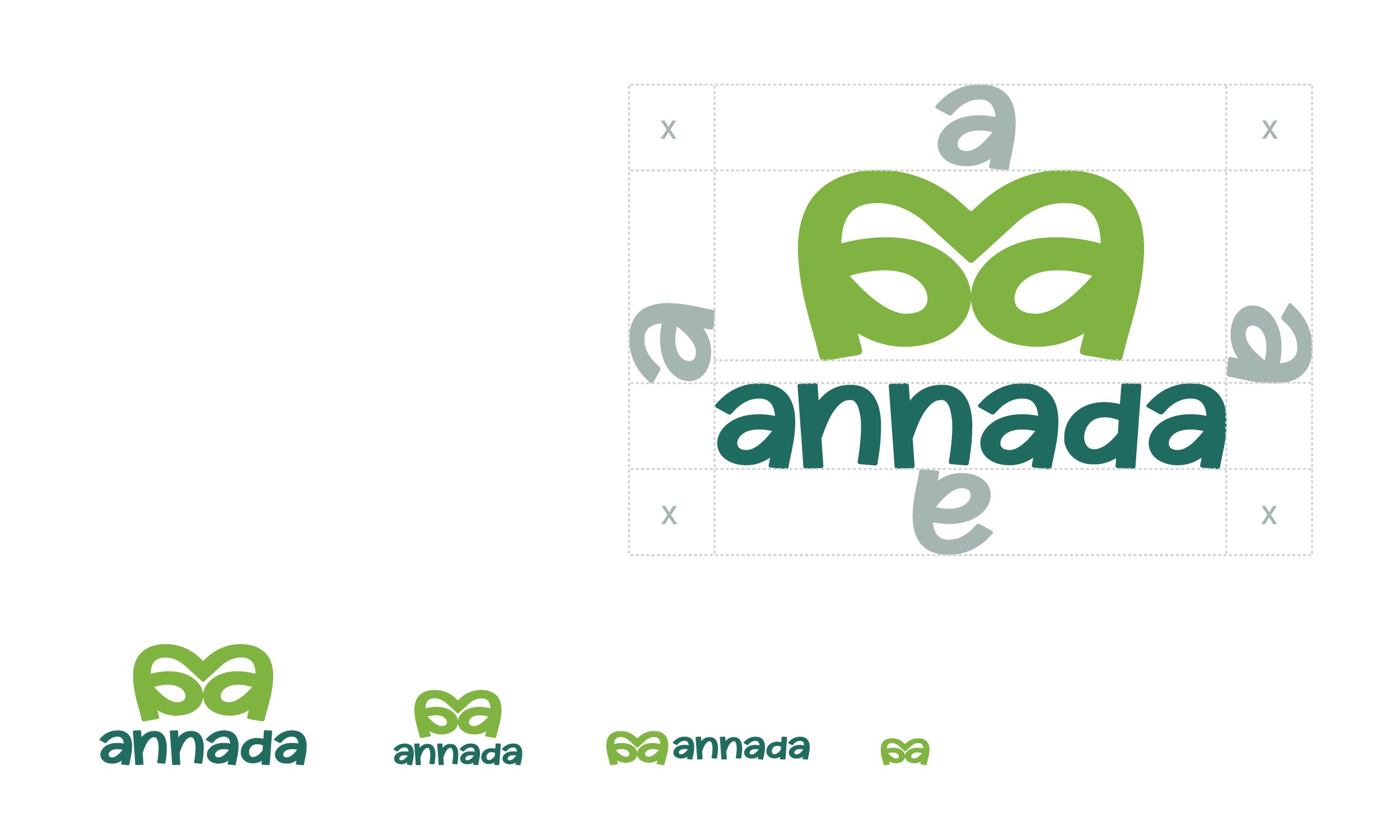
Clear space logo
The clearspace around the Annada logo is critical to preserving its visual integrity and impact. By leaving a continuous margin of space around the logo, it stays clean and immediately identifiable, allowing the design aspects to stand out.

App Notification
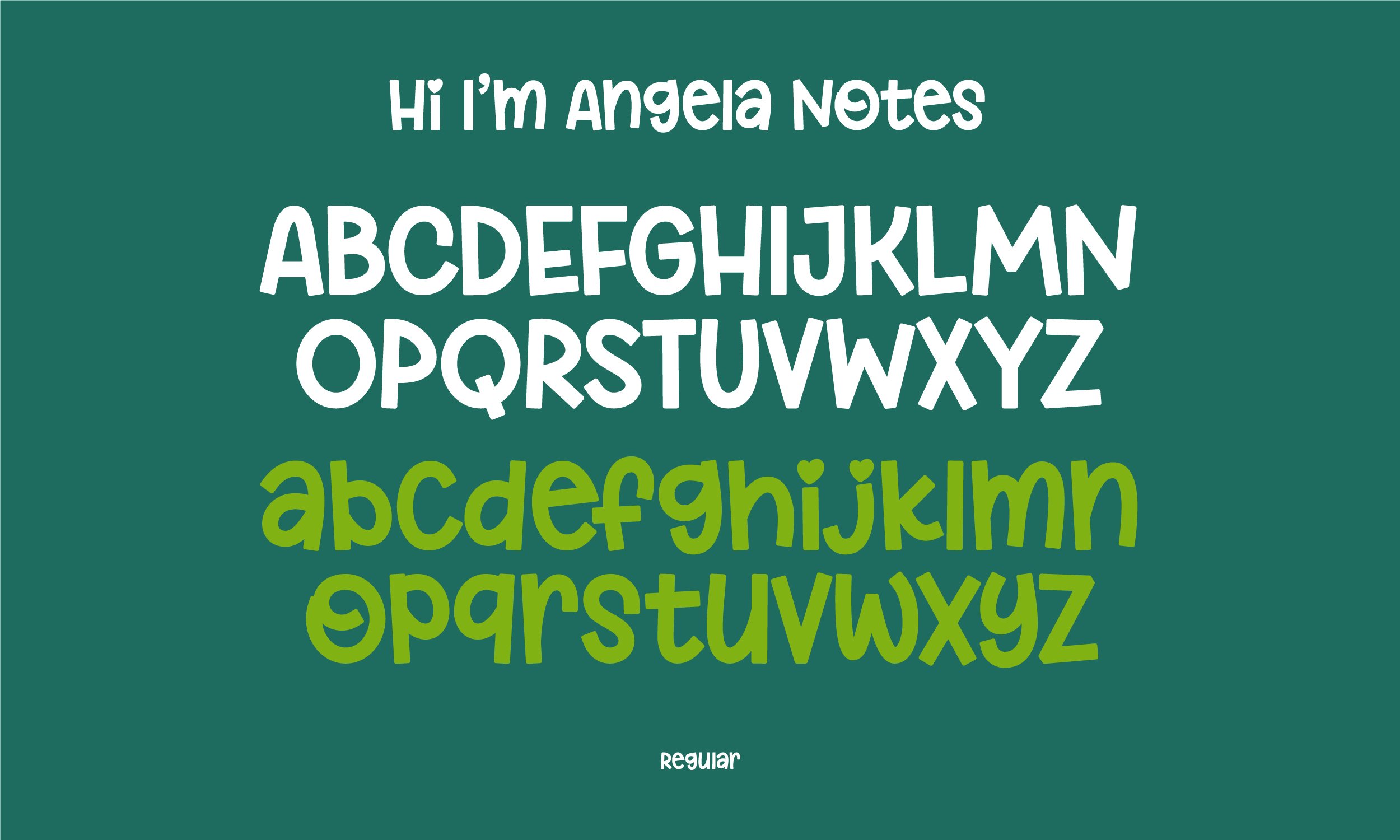
Primary Typeface
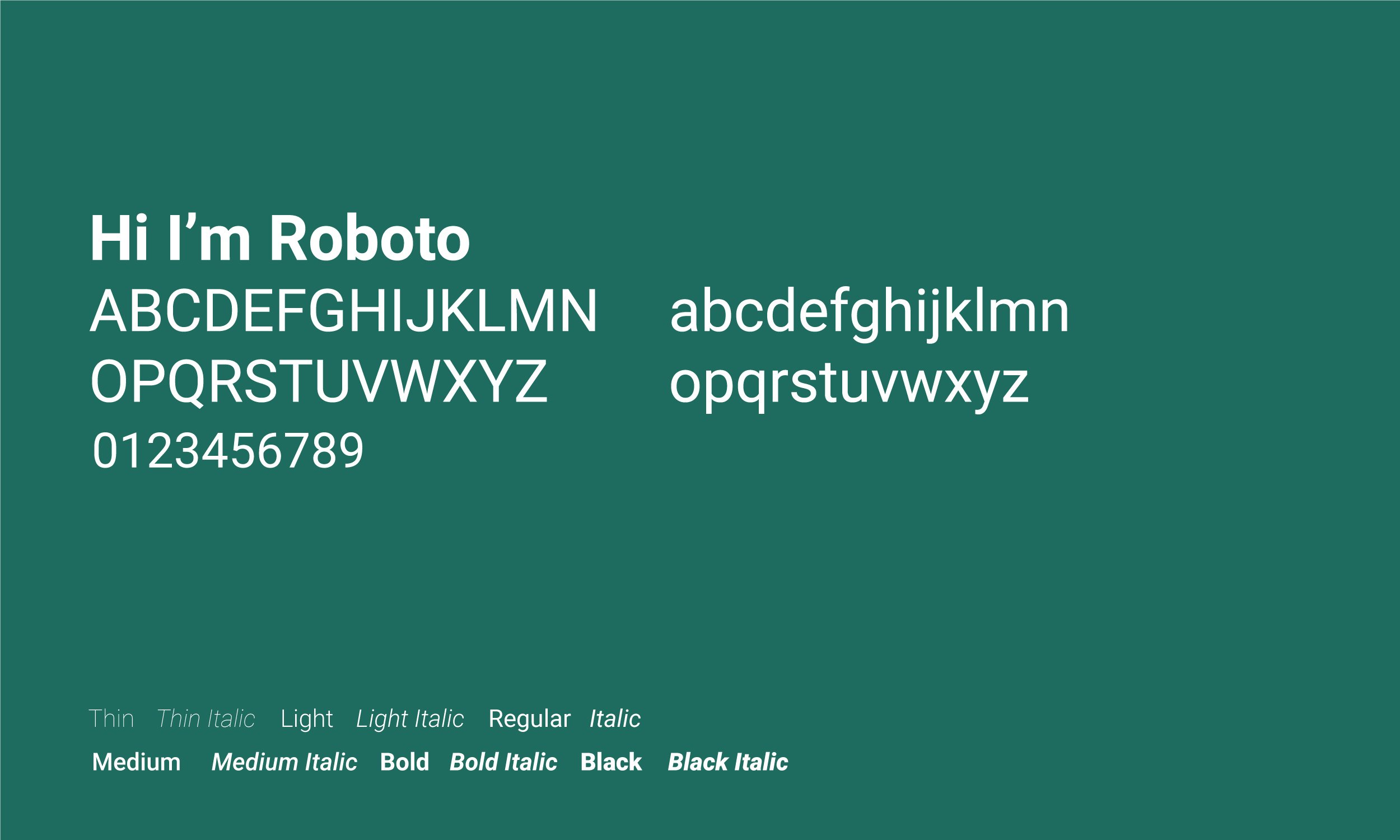
Secondary Typeface
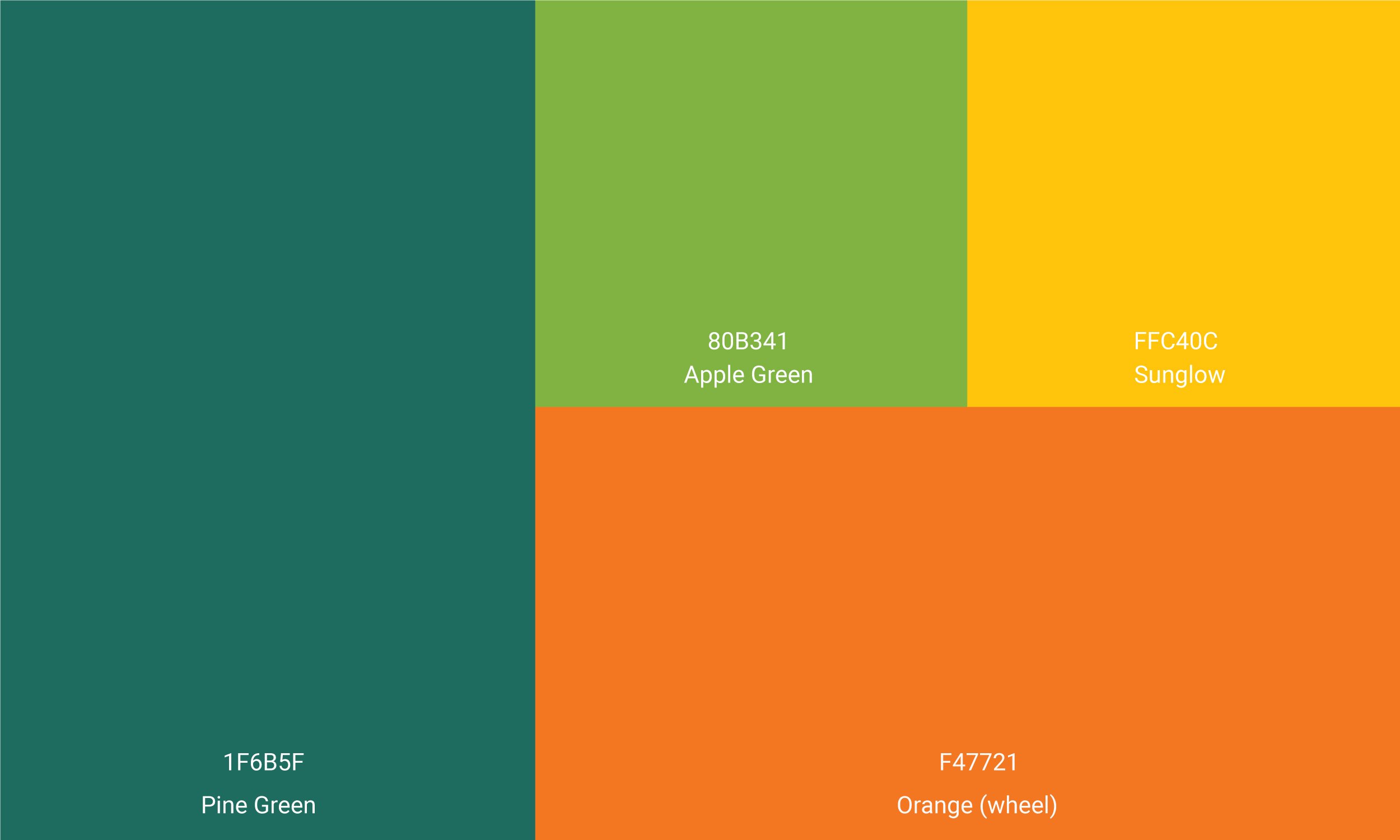
Color Palette

Visual Language
Components For App Design
These screenshots capture the initial stages of Annada’s app components design development, including early explorations of the illustration, color scheme selection.

Components For App Design
Iconography For App Design
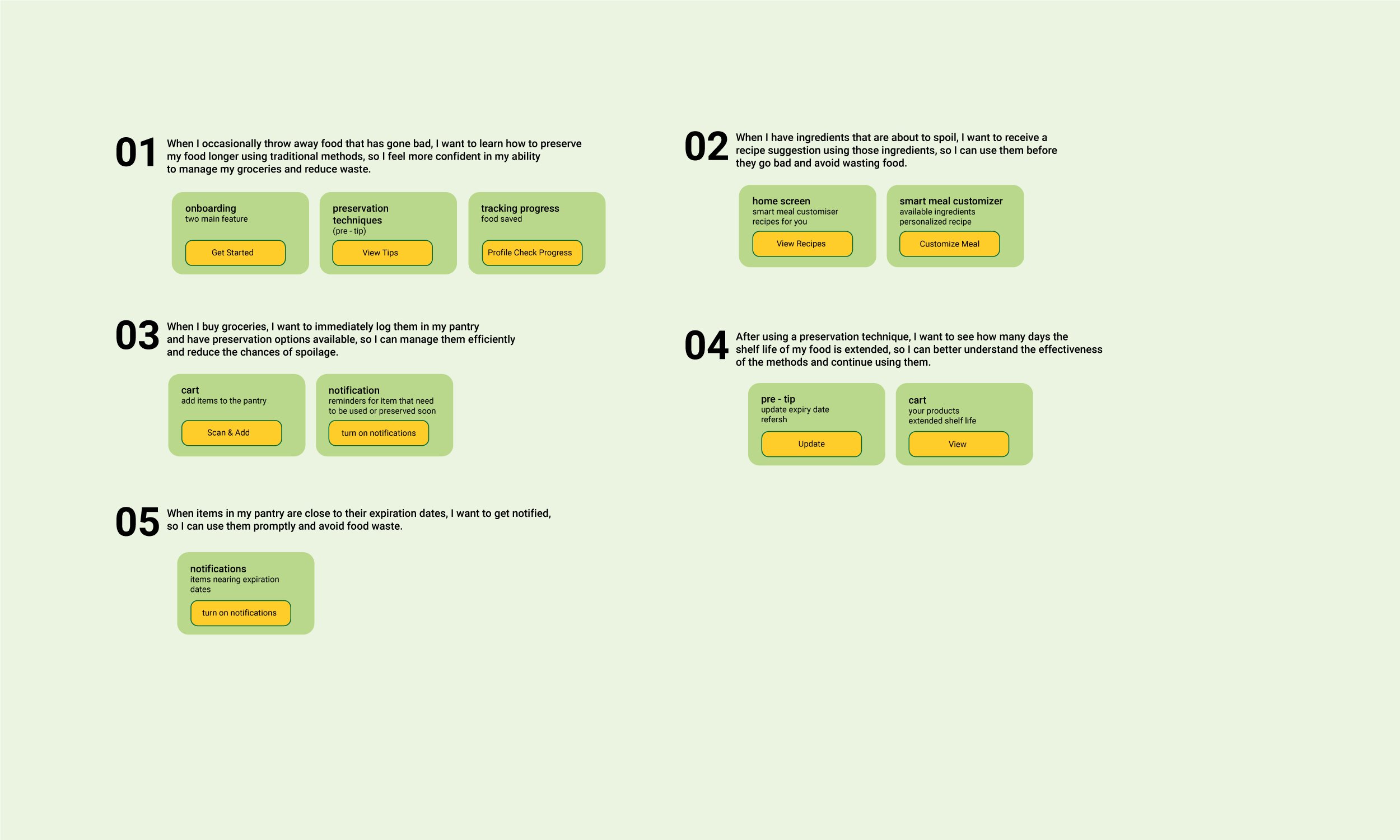
User Flow
These screenshots capture the initial stages of Annada’s app iconography development, including early explorations of the icons, color scheme.
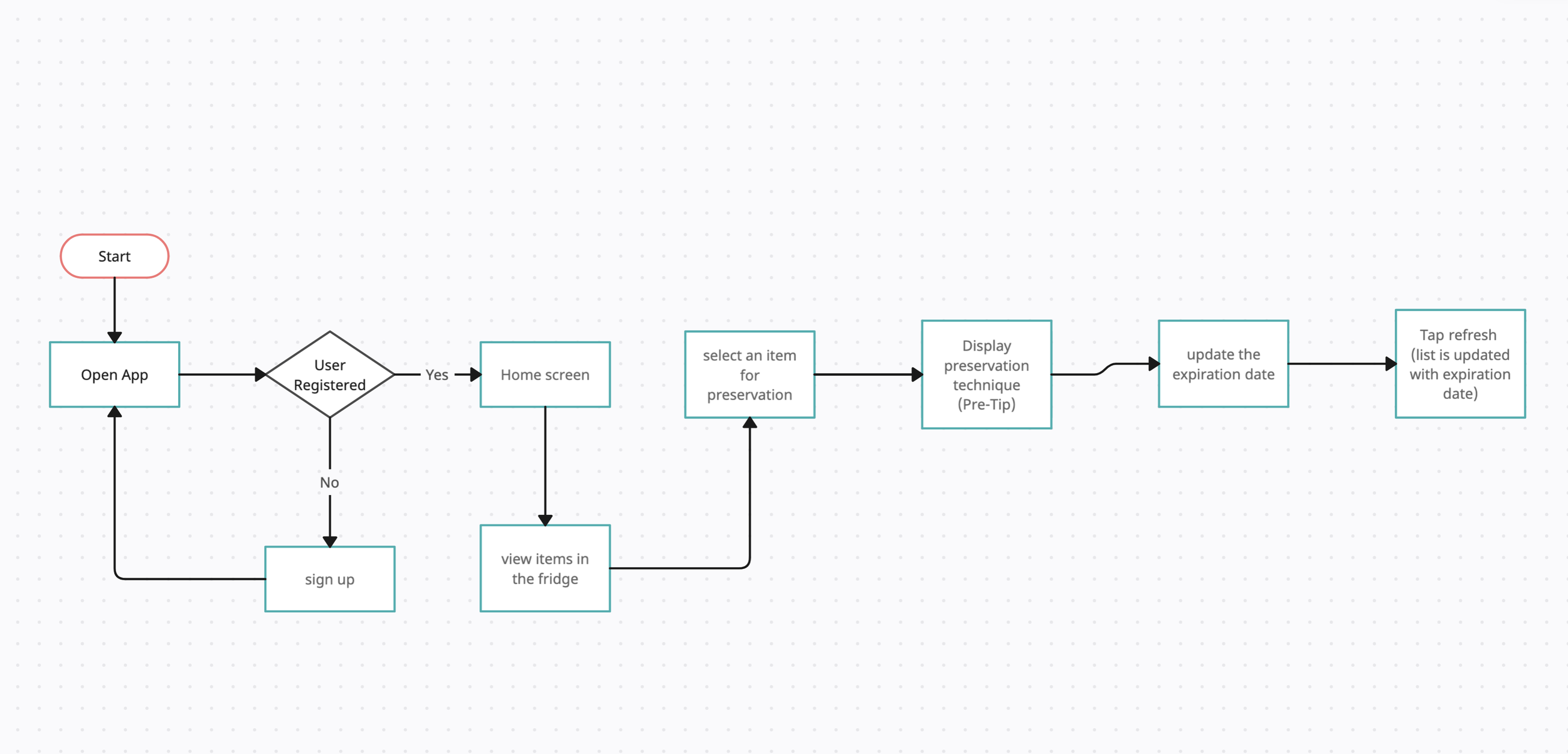
Preservation Techniques (Pre-Tip) - User Flow
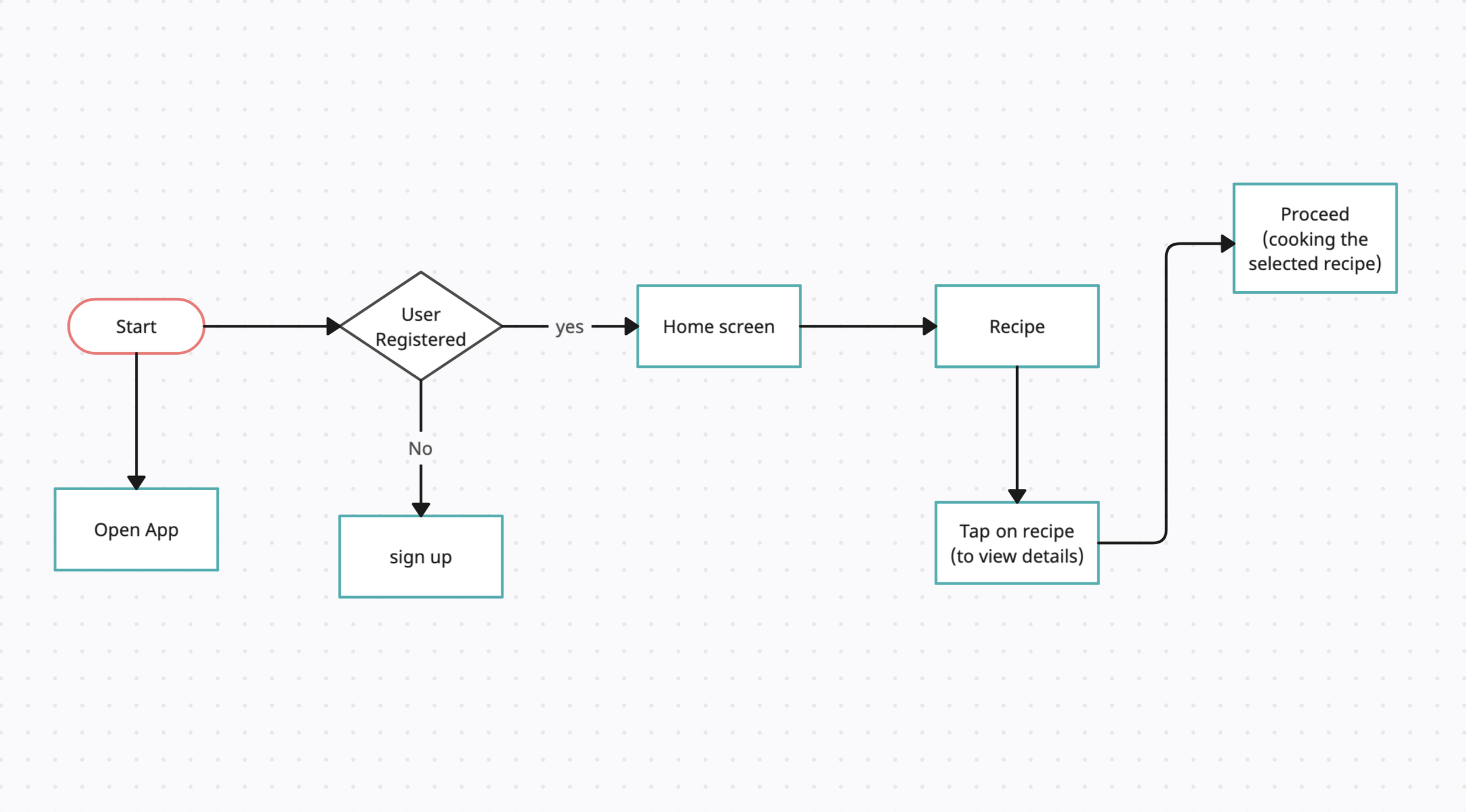
Smart Meal Customizer - User Flow

Expiry Date - User Flow
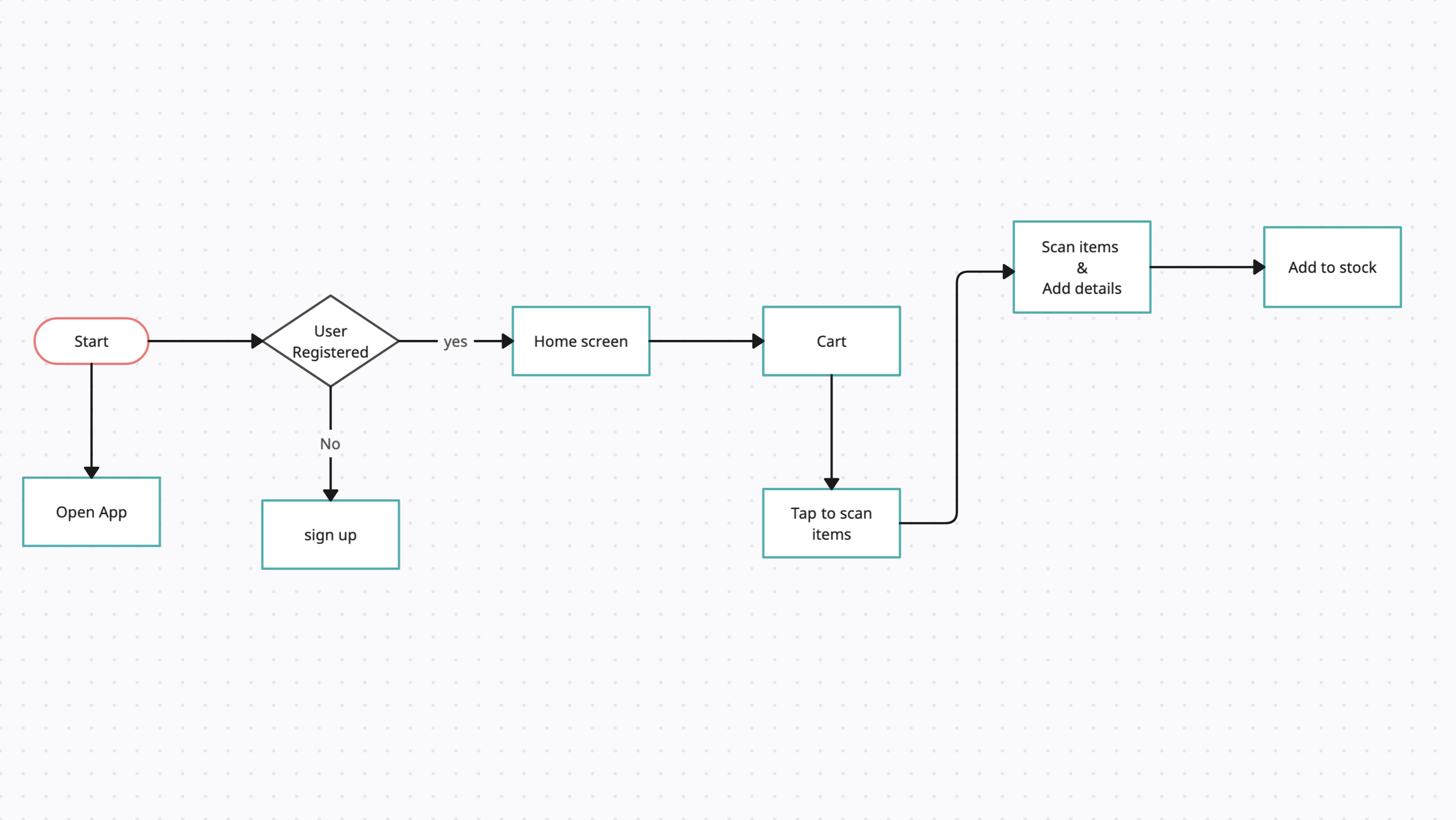
Add to Pantry - User Flow
Digital Wireframes
The user interface of the Annada app was designed using digital wireframes created in Figma. They detailed the basic layout and style of each screen, providing a clear picture of how users would navigate the application. Using Figma for wireframing allowed us rapid revisions and modifications, ensuring that the design was user-friendly and intuitive. These wireframes were critical for mapping out the user experience before going on to more thorough design phases, assisting in identifying potential challenges and optimizing the app’s functionality early in the development process.


Layout Grid
1. 4 Column Grid System
2. Column Width Auto
3. Gutter Width 24px
I was able to easily position the items inside the frame and ensure that the design was consistent across all of the displays with the use of the grid layout system
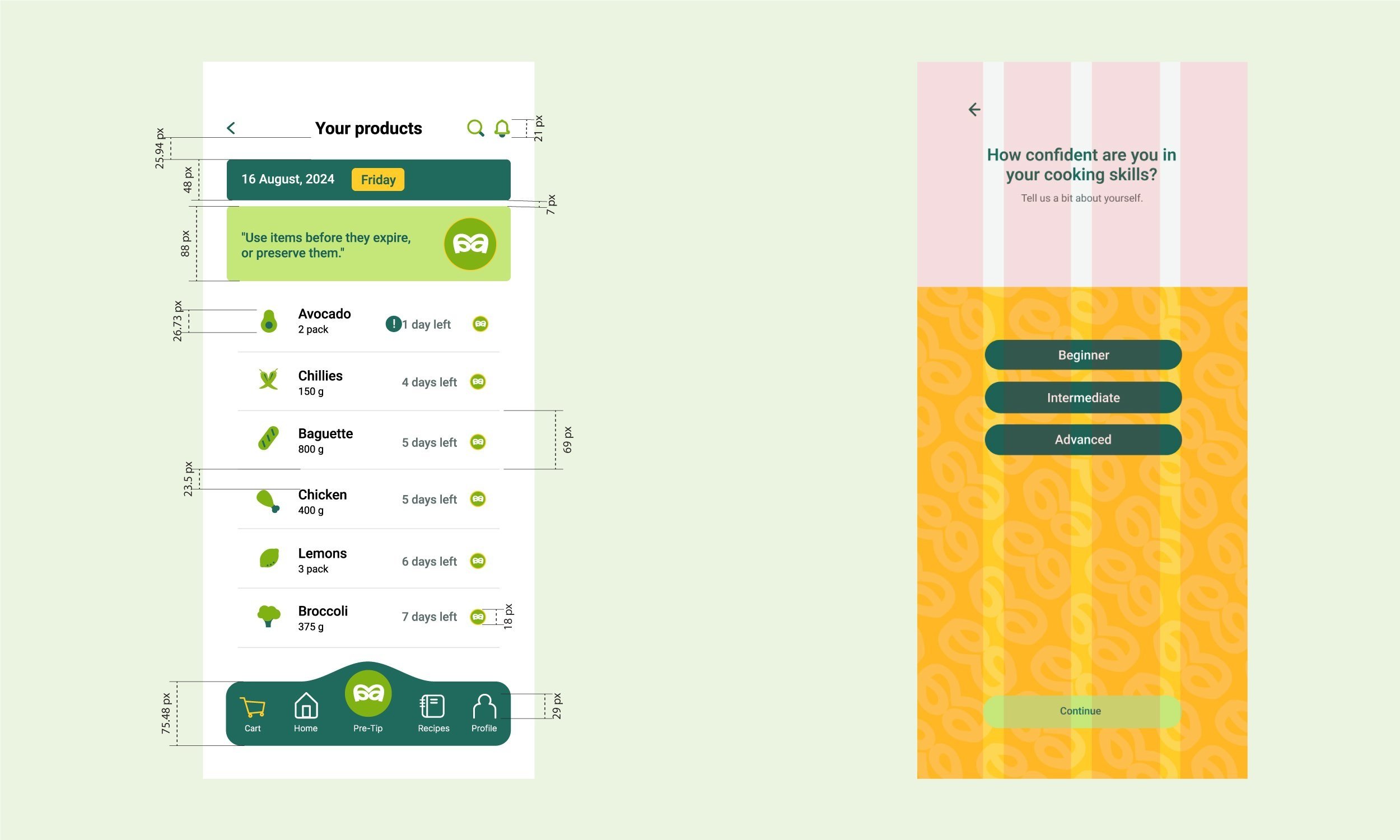
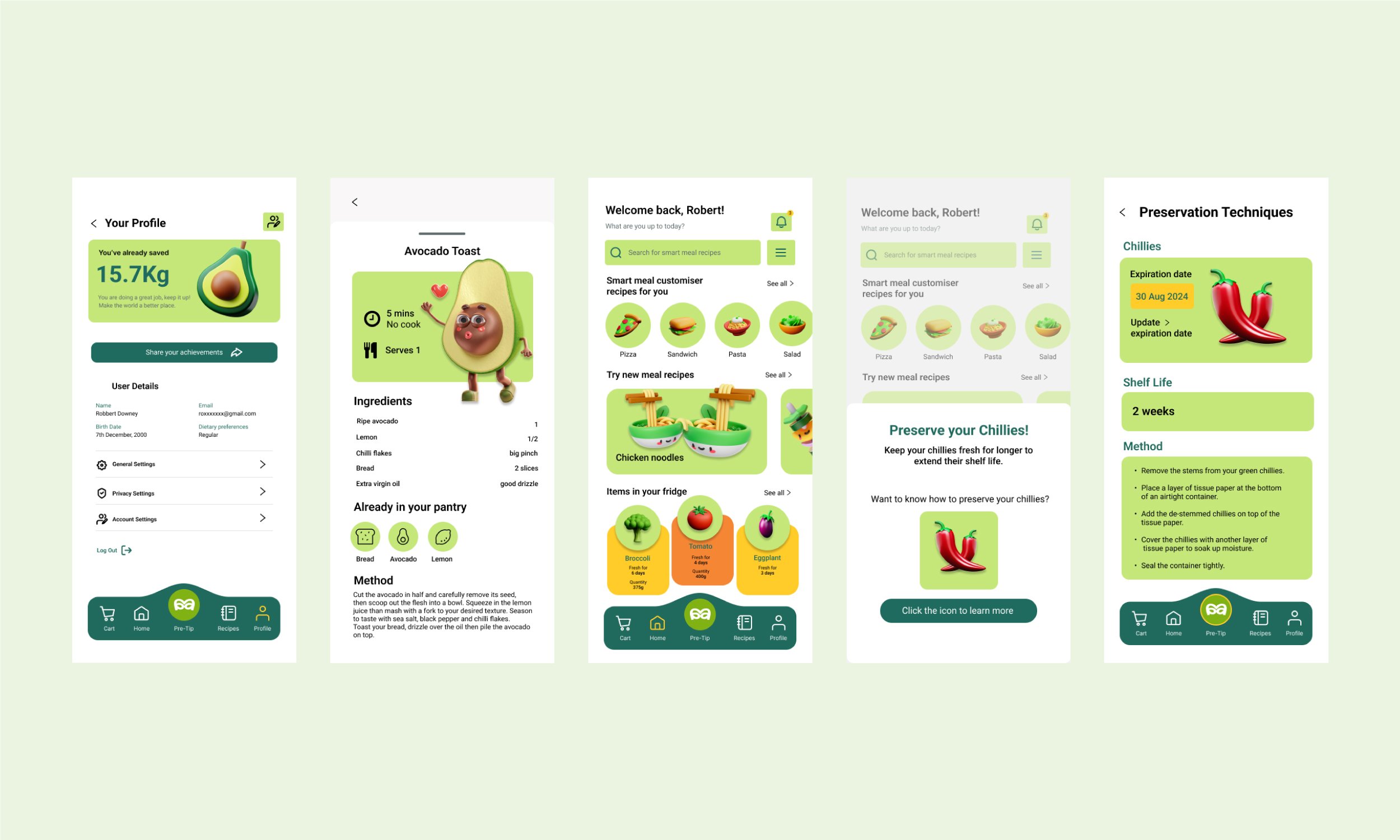
Initial App Design
Final App Design
The final Figma app design integrated all of the Annada app’s aspects, integrating user-centered functionality with a consistent visual style. It included refined UI components, customized illustrations, and fluid navigation, resulting in a user-friendly experience. The design was refined over multiple iterations, resulting in an accessible and visually appealing application that efficiently met the needs of its intended audience.

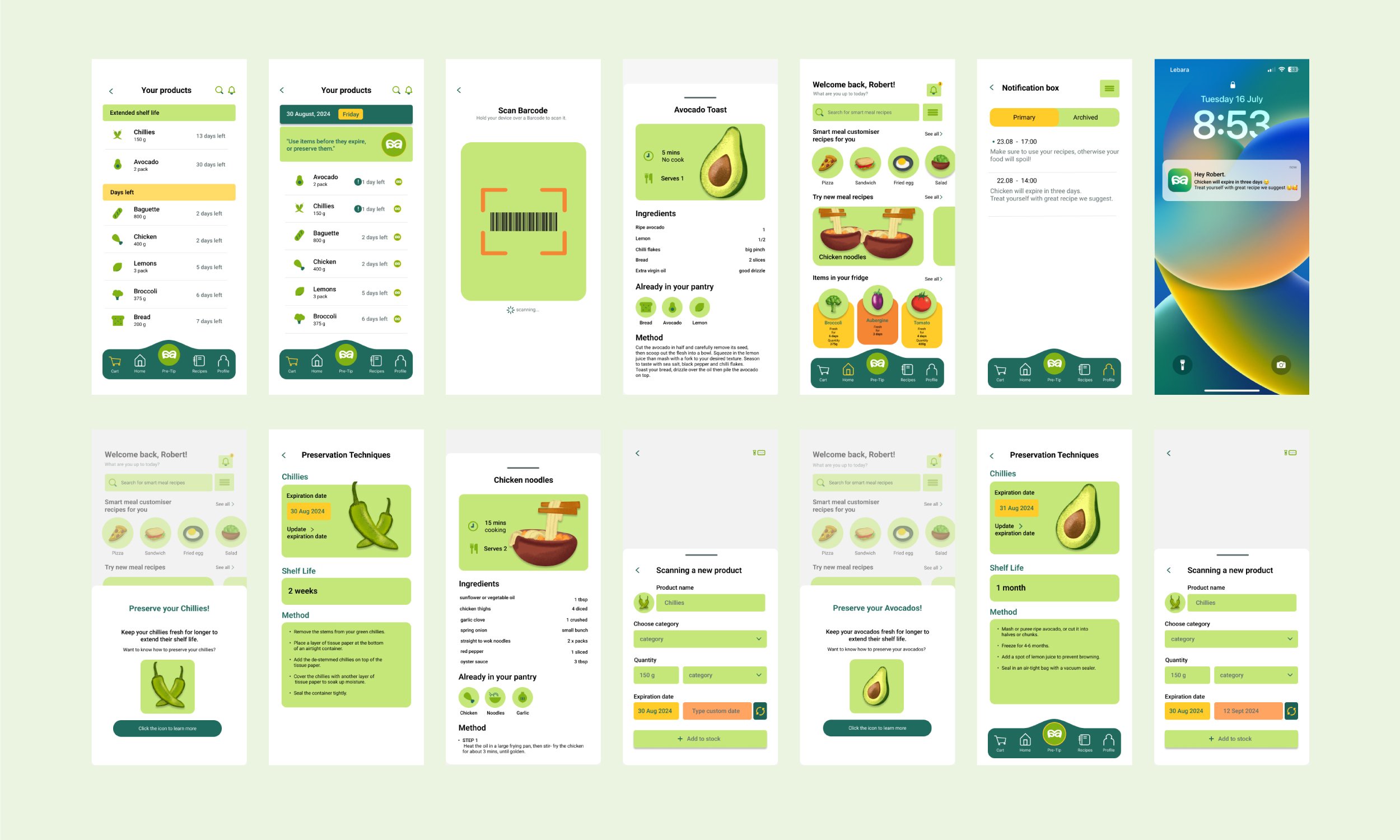
Final App Design
The final Figma app design integrated all of the Annada app’s aspects, integrating user-centered functionality with a consistent visual style. It included refined UI components, customized illustrations, and fluid navigation, resulting in a user-friendly experience. The design was refined over multiple iterations, resulting in an accessible and visually appealing application that efficiently met the needs of its intended audience.








